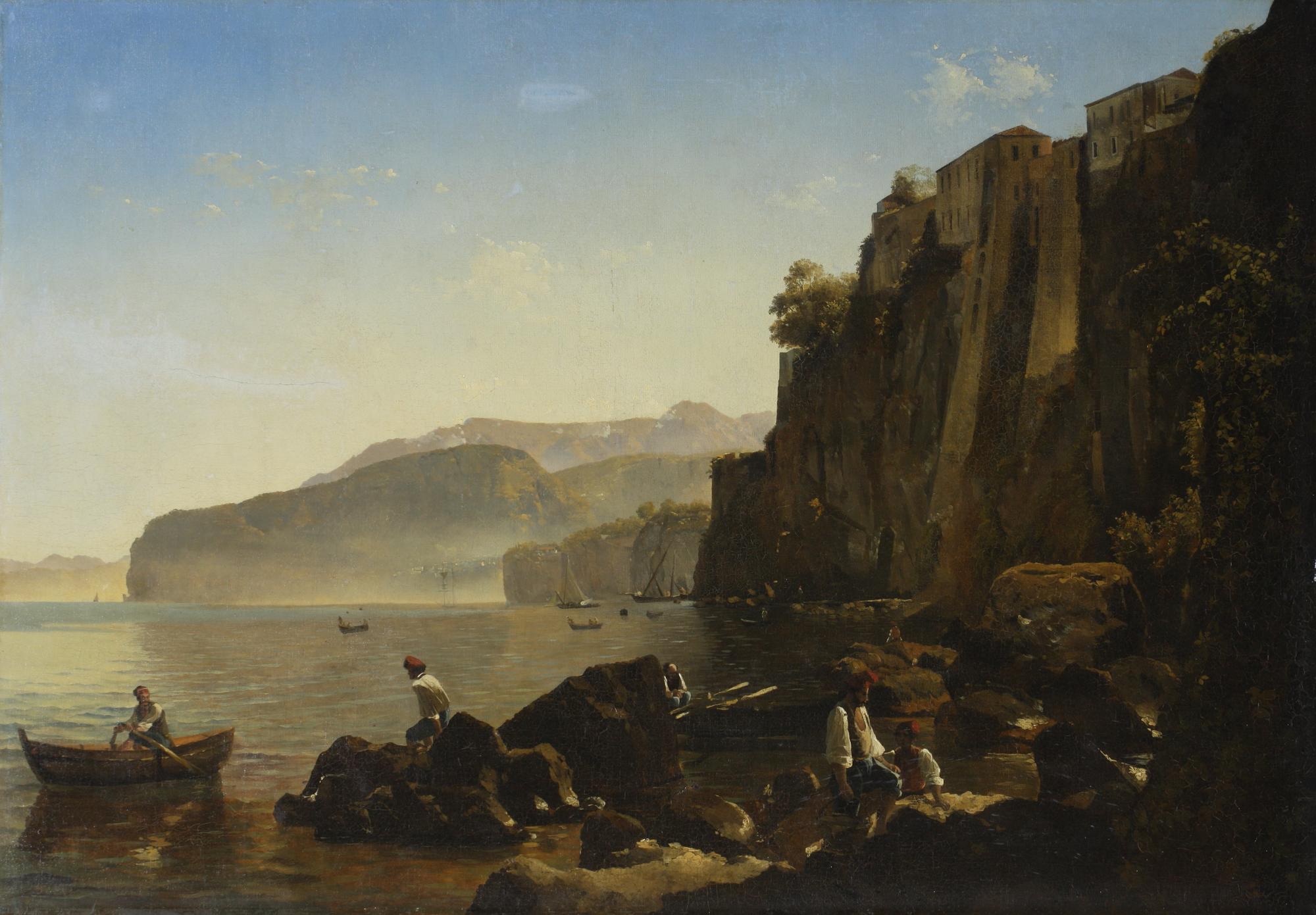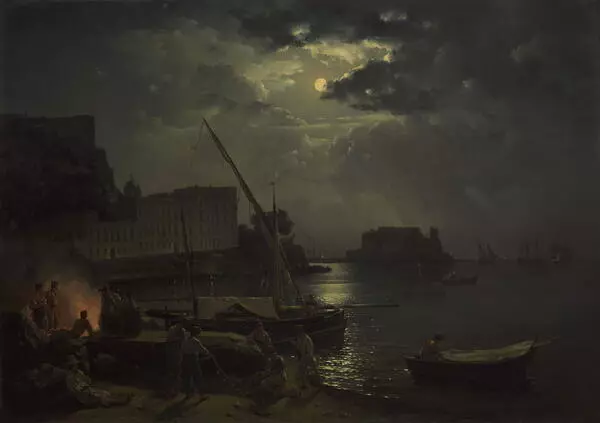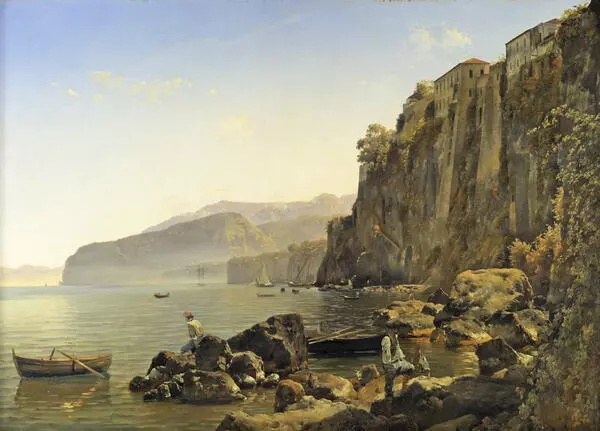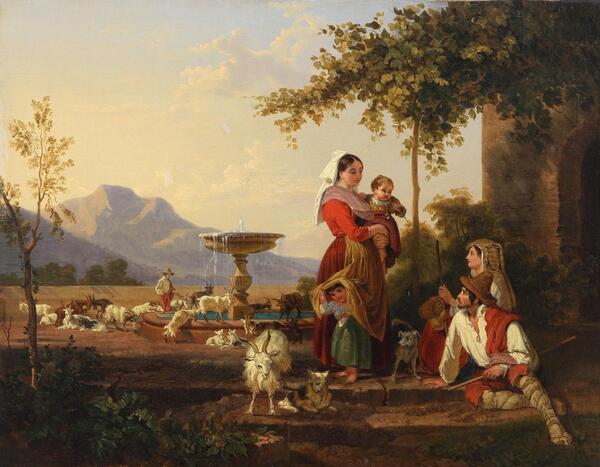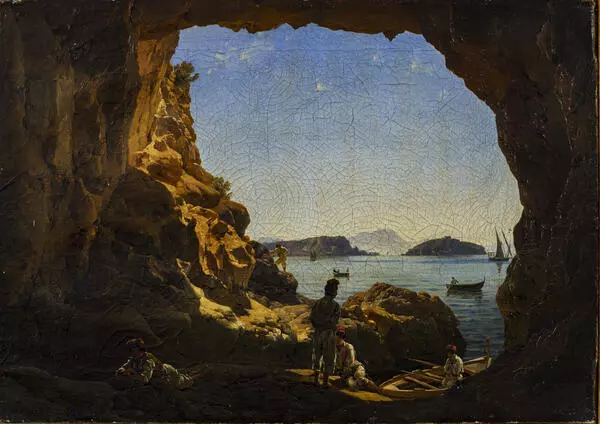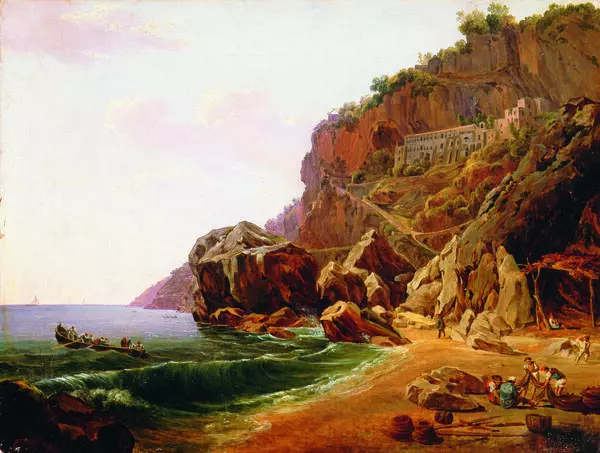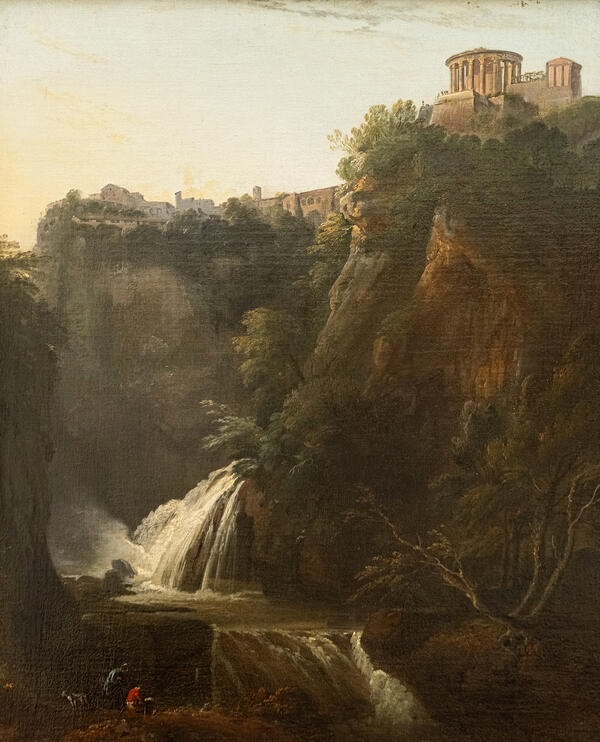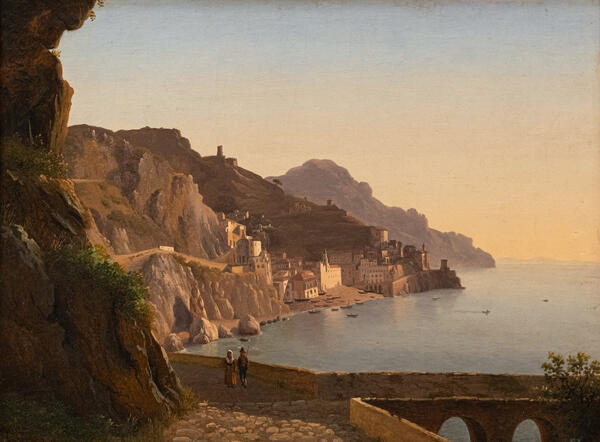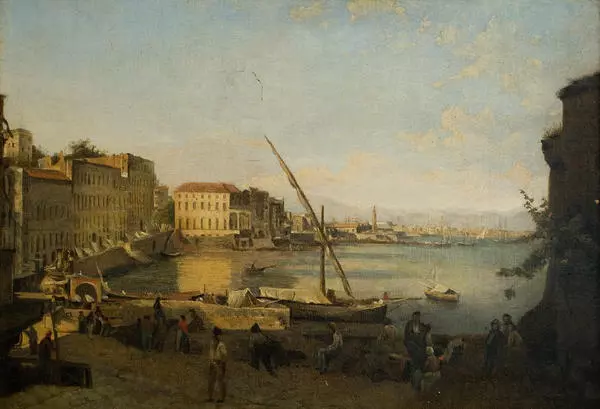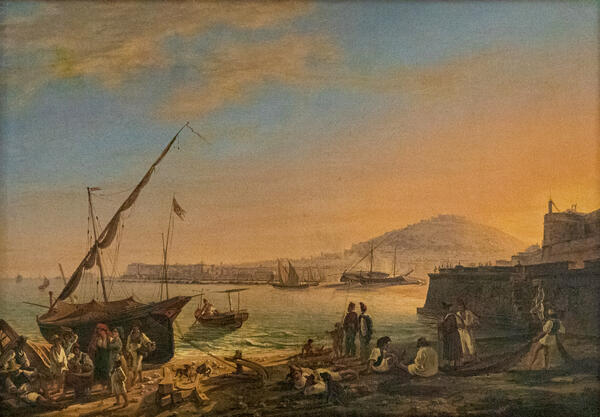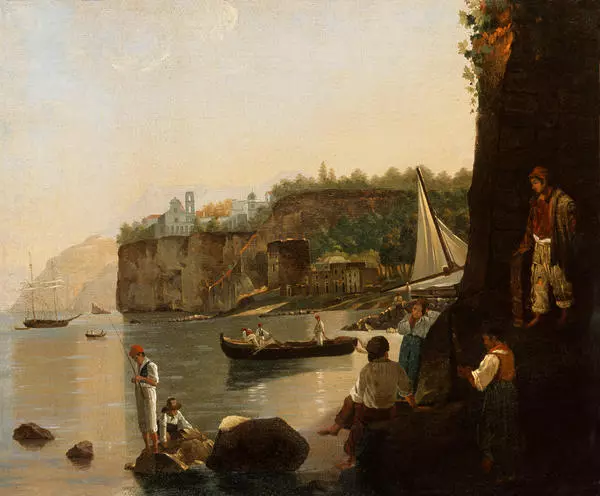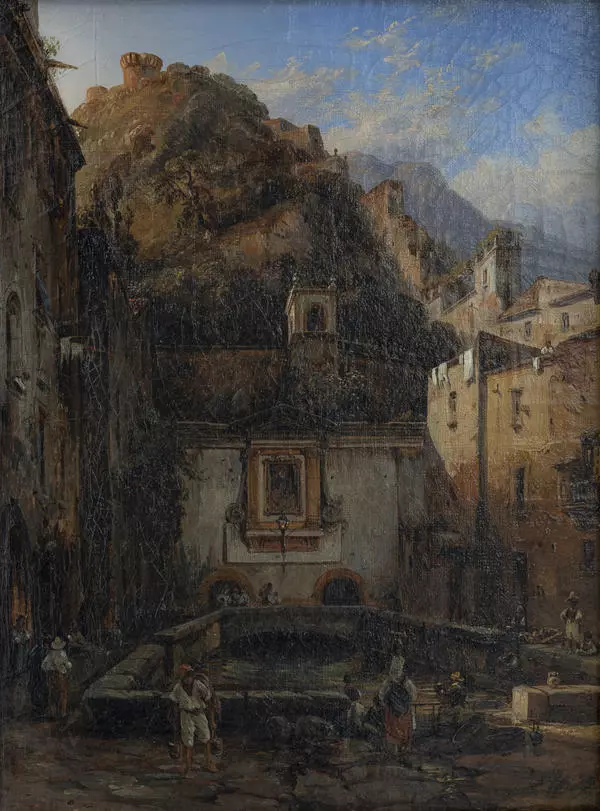In the first half of the 19th century, the landscape genre development acquired a new trend — realistic. Realism was characterized by detailed representation of reality with its typical features. Sylvester Shchedrin was the first Russian landscape master who started to work in this trend.
The artist was born Saint Petersburg in 1791. His father Feodosy Shchedrin was a famous sculptor and rector of the Academy of Arts, and his uncle Semyon Shchedrin taught landscape painting in the Academy.
The Imperial Academy of Arts was opened in 1757 and, for two centuries, set the vector of the Russian art development. For many years, the Academy remained the main ‘talent foundry’ in painting, sculpture and architecture. Thanks to the right to a pension trip abroad — paid traineeship — many artists visited Europe and gained popularity there.
As to Sylvester Shchedrin, he started studying art when he turned nine years old. In 1811, he graduated from the Academy with a Large Gold Medal, what made him eligible for a pension trip to Italy.
The artist lived in Italy for 2 years working with ‘Posillipo school’ painters. Their method was based on painting from life choosing simple and natural motifs. Shchedrin’s view of reality and artistic style were finally formed in the Italian city of Naples. He was inspired by both the nature of the city: the sea, large expanses of water, humid air, and the everyday life of its inhabitants.
In his works, in particular, on painting View of Sorrento, Near Naples, Shchedrin seeked to show harmonious interaction between the man and nature. The composition of this canvas is based on the contrast between the high rocky coast, on the one side, and the expanse of the water and the sky, on the other. The confined character of the space gives the seascape a touch of coziness and intimacy.
Sylvester Shchedrin gained popularity not only in Russia. Italians did not remain indifferent to his talent, either, and granted the artist the title of Honorary Member of the Naples Academy of Arts.
